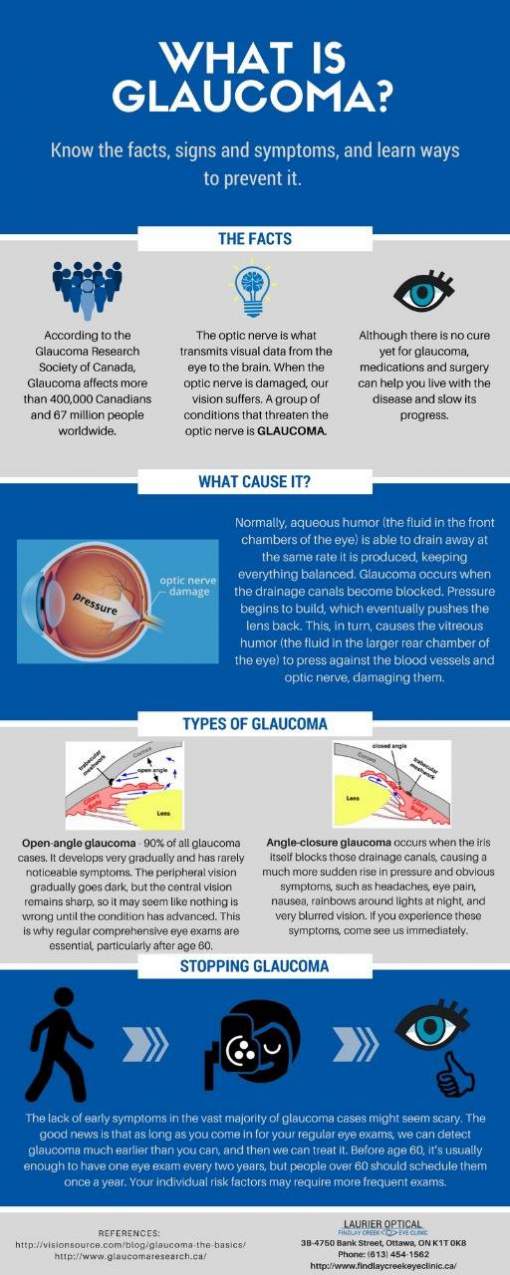This Article Talks About The LASIK Alternatives For Thin Corneas

Content author-Nyholm Lauritsen
There are lots of people that have actually been informed they can't get LASIK eye surgery because of bad corneal thickness. Fortunately, there are other refractive surgical procedure alternatives for them to think about.
These new therapy options are more effective than LASIK at treating specific types of vision troubles as well as lowering the need for glasses or contacts. They're also a lot more budget friendly than LASIK!
1. PRK
LASIK is a preferred laser vision correction surgical procedure, however not every person is a perfect candidate for it. This is particularly true for those with slim corneas or those who take part in active sporting activities or operate in high-risk work that put them at a better risk of injury to their eyes.
Fortunately, there are other lasik choices that are effective and secure for individuals who don't qualify for LASIK. One of these is PRK (photorefractive keratectomy).
Like LASIK, this treatment aims to permanently fix your refractive mistake. It also allows you to decrease or eliminate the demand for glasses as well as calls.
2. ASA
If you're thinking of LASIK however have completely dry eyes or thin corneas, ASA (Advanced Surface Ablation) might be the right choice for you. This laser vision correction strategy improves the outer layer of your cornea, allowing your doctor to utilize an excimer laser to correct your eye's refractive mistake.
ASA is an advanced variation of PRK, or photorefractive keratectomy, which was the predecessor to LASIK as well as was first approved by the FDA in 1995. During this procedure, your epithelium is separated, dampened with a diluted alcohol service, as well as folded up back, before the excimer laser reshapes the cornea.
ASA has fewer dangers than LASIK or PRK, and it typically takes a much shorter recovery period. Nonetheless, there are some adverse effects that ASA individuals may experience, consisting of post-operative pain and discomfort, undercorrection or overcorrection, as well as night vision disturbances.
3. Refractive lens exchange
For patients who are badly nearsighted or farsighted and also can not go through laser vision adjustment treatments such as LASIK or PRK, refractive lens exchange is a terrific option. This procedure is executed by changing your all-natural lens with an unique intraocular lens (IOL) that corrects your refractive mistake and gets rid of the need for glasses or get in touches with.
If you experience presbyopia, an age-related eye problem that causes you to have trouble seeing at close distances, Refractive lens exchange is the very best choice readily available to you. click to read is because LASIK can not properly correct this eye issue as it works on the cornea.
For lots of people, the aging procedure triggers the lenses in their eyes to shed versatility and also become less flexible. This causes troubles concentrating on up close items such as analysis and also dialing phones.
4. Monovision
Monovision is a method of vision modification that utilizes a contact lens to fix for both near and far ranges. It is most typically used to deal with presbyopia, which is an usual eye problem that happens as people age.
It can additionally be a choice to LASIK in some individuals. With monovision, one eye is fixed for distance vision as well as the various other is dealt with for close-up vision (near vision).
Lots of people who make use of monovision contact lenses do not require reading glasses or bifocals. However, this is not always the instance.
In a small number of situations, it can be needed to put on glasses when working with fine information or focusing on close-up objects.
https://zenwriting.net/miguel110lavern/just-how-much-does-lasik-surgery-cost for monovision include laser surgery and intraocular lens insertion. In the short term, monovision may be tried with contact lenses to establish if it is appropriate for an individual.

